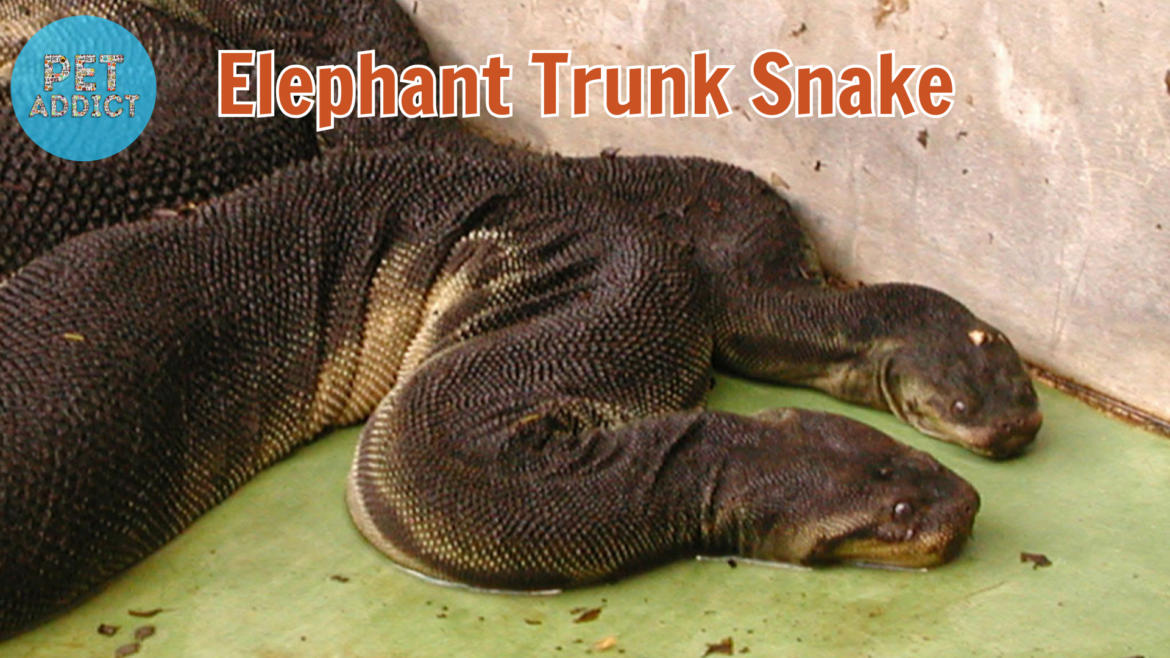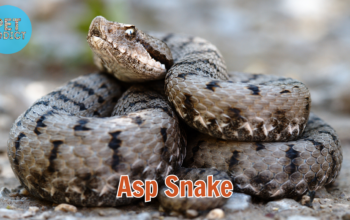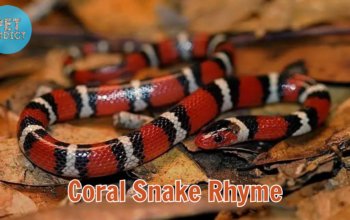In the heart of the lush rainforests of Southeast Asia, a remarkable creature quietly slithers through the undergrowth, leaving both herpetologists and nature enthusiasts in awe. The star of our exploration today is the enigmatic Elephant Trunk Snake. In this article, we delve into the intriguing world of this unique serpent, shedding light on its remarkable characteristics, behavior, habitat, and more. Join us on this exciting journey as we unveil the captivating secrets of the Elephant Trunk Snake.
PetAddict.net – The best place where you can find everything about your pet!
Anatomy and Appearance
The Long and Sinuous Body
The Elephant Trunk Snake, scientifically known as Acrochordus javanicus, boasts a body unlike any other snake. It is elongated, cylindrical, and covered in smooth, keeled scales. These scales give it a somewhat rough texture, distinguishing it from its sleeker relatives. The snake’s body can reach lengths of up to three meters, making it one of the longest aquatic snakes in the world.
The Unique “Elephant Trunk”
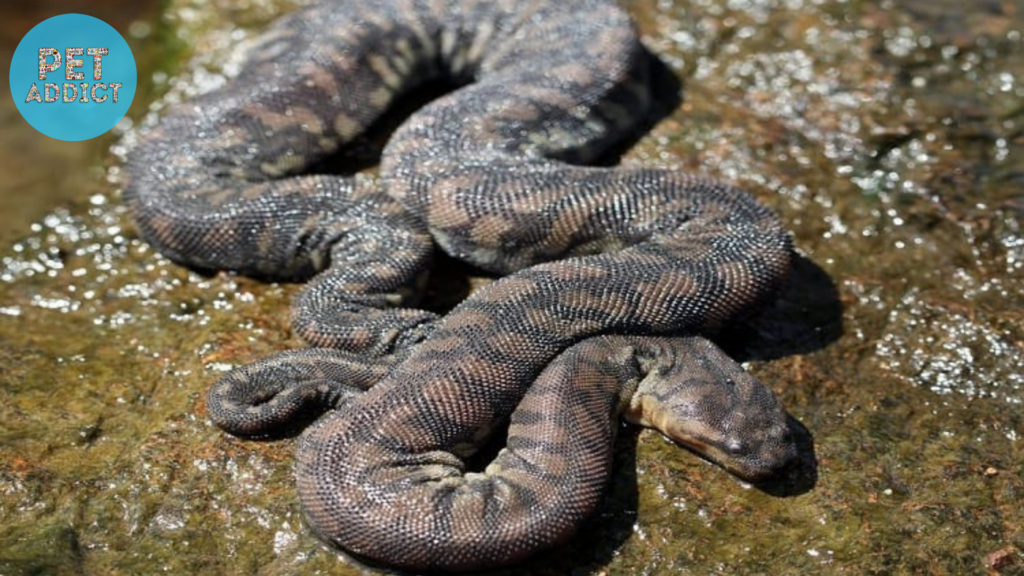
One of the most distinctive features of this snake is its “elephant trunk.” Located at the tip of the snout, this fleshy appendage resembles a miniature elephant’s trunk. This adaptation is used for a peculiar method of breathing, known as cutaneous respiration. We’ll explore this extraordinary process further in the following sections.
Habitat and Distribution
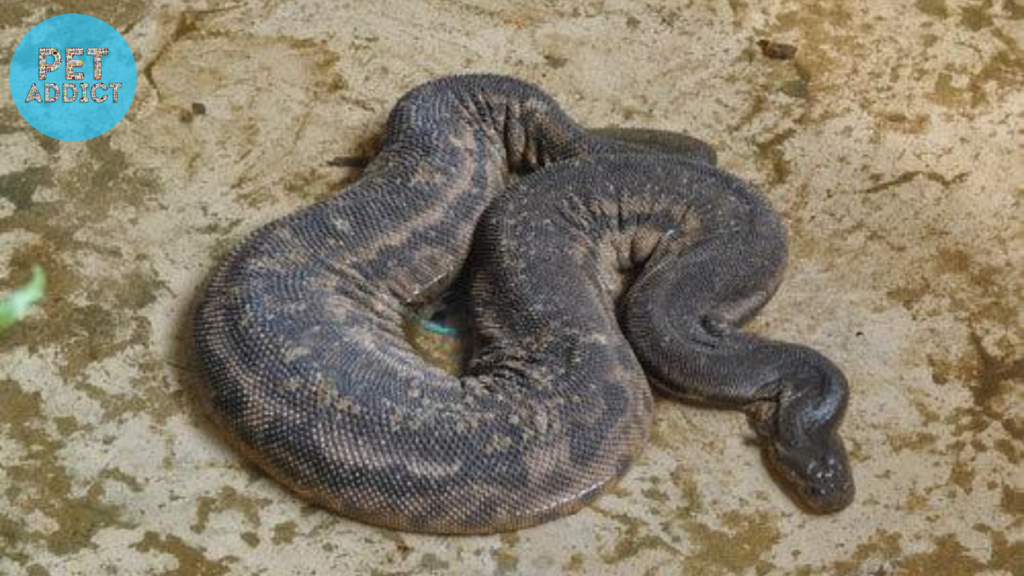
Aquatic Abode
The Elephant Trunk Snake is a creature of the water, primarily inhabiting freshwater environments such as rivers, lakes, and swamps. Its affinity for water is so pronounced that it’s often referred to as an aquatic snake. This snake’s range spans across Southeast Asia, including countries like Indonesia, Malaysia, and the Philippines, where it finds the ideal aquatic conditions for its survival.
Behavior and Diet
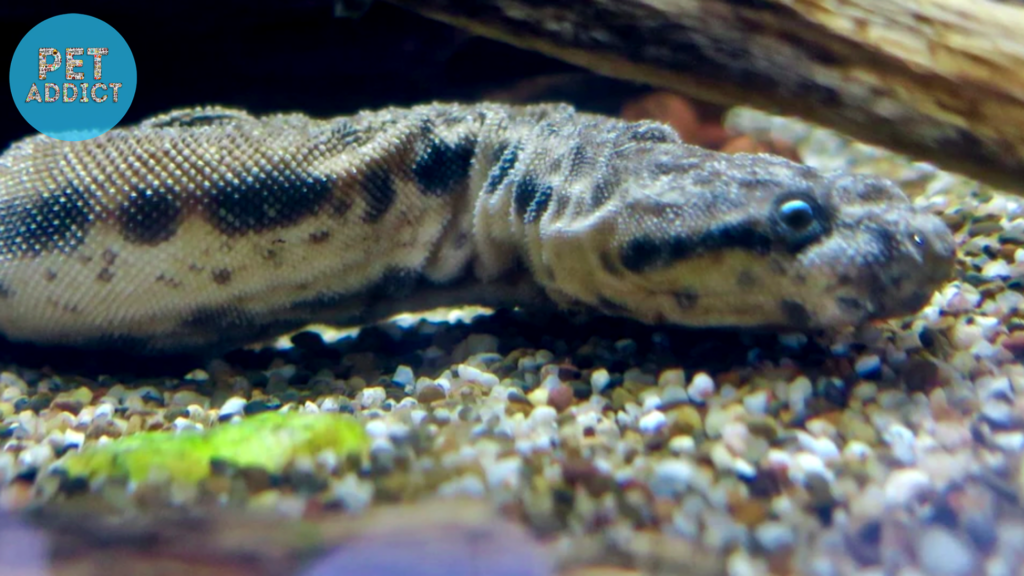
A Stealthy Swimmer
The Elephant Trunk Snake is an adept swimmer, thanks to its laterally compressed body and muscular tail. It glides effortlessly through the water, displaying remarkable agility as it hunts for its prey. While it may not be venomous, this snake employs an alternative strategy to capture its meals.
A Menu of Diversity
This serpent primarily preys on fish, using its sharp rearward-facing teeth to snag slippery aquatic creatures. Its diet, however, extends beyond fish to include amphibians and crustaceans. The hunting technique involves a sudden strike, followed by a rapid engulfing of the prey, showcasing the snake’s impressive dexterity.
Reproduction
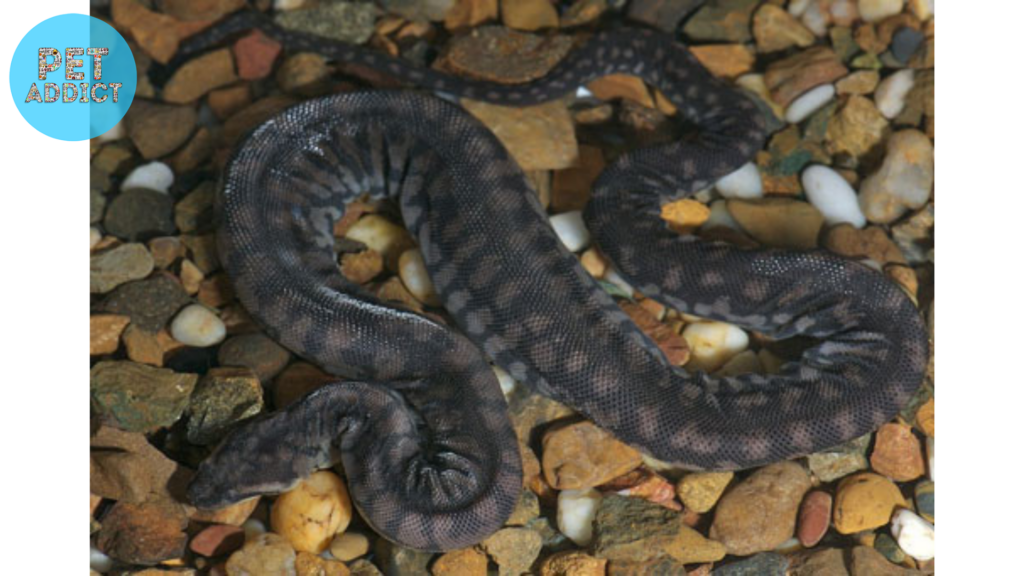
Viviparous Wonders
Intriguingly, the Elephant Trunk Snake is viviparous, meaning it gives birth to live offspring rather than laying eggs. This reproductive strategy is relatively rare among snakes and offers the young a better chance at survival by reducing exposure to predators.
Conservation Status
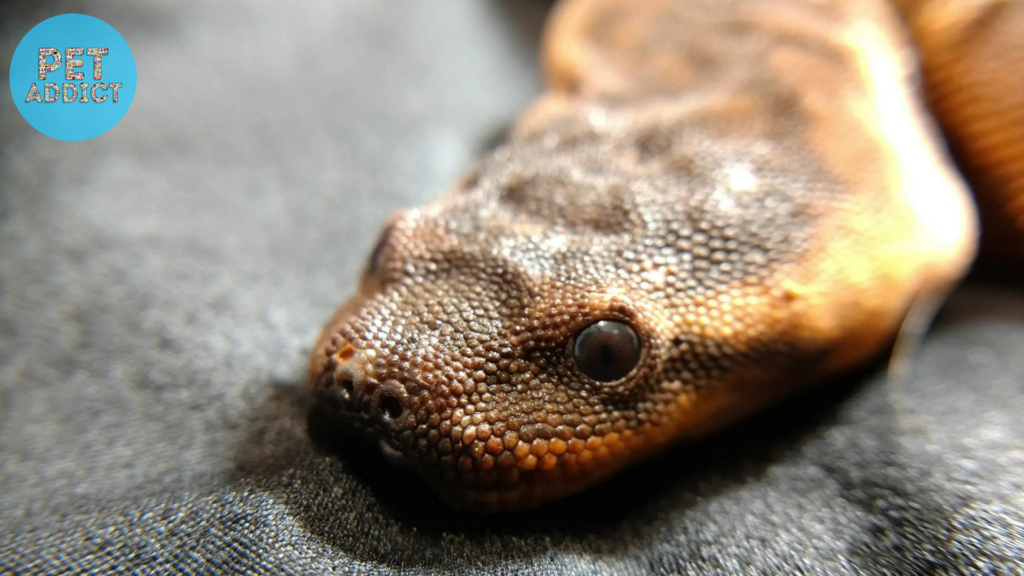
A Vulnerable Species
Despite its captivating nature, the Elephant Trunk Snake faces conservation concerns. Habitat loss, pollution, and overfishing in its preferred aquatic habitats have led to declining populations in certain areas. Conservation efforts are crucial to ensuring the survival of this unique snake and preserving the biodiversity of its ecosystems.
Conclusion
In the heart of Southeast Asian waters, the ElephantTrunk Snake thrives as a testament to the marvels of nature’s diversity. Its intriguing adaptations, distinctive appearance, and unique behaviors make it a captivating subject for study and admiration. As we continue to uncover the secrets of our planet’s creatures, let us remember the importance of conservation in safeguarding their futures.
FAQs
- Is the Elephant Trunk Snake venomous? No, this snake is not venomous. It relies on other methods to capture its prey, such as its sharp teeth and rapid striking.
- What is cutaneous respiration? Cutaneous respiration is a method of breathing through the skin. The Elephant Trunk Snake’s “elephant trunk” helps facilitate this process when submerged in water.
- Where can I find the Elephant Trunk Snake in the wild? You can find these snakes in freshwater environments throughout Southeast Asia, particularly in countries like Indonesia, Malaysia, and the Philippines.
- Are there any efforts to protect the Elephant Trunk Snake? Yes, there are conservation efforts aimed at protecting this species and its habitats to ensure their survival.
- Can the Elephant Trunk Snake be kept as a pet? Due to its specific habitat requirements and conservation status, it is not recommended to keep Snakes as pets. Conservation and protection of their natural habitats are crucial for their well-being.

